Ismailia by Sir Samuel White Baker (affordable ebook reader .txt) 📕
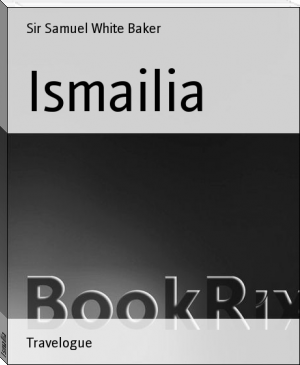
- Author: Sir Samuel White Baker
Book online «Ismailia by Sir Samuel White Baker (affordable ebook reader .txt) 📕». Author Sir Samuel White Baker
Free e-book «Ismailia by Sir Samuel White Baker (affordable ebook reader .txt) 📕» - read online now
Similar e-books:
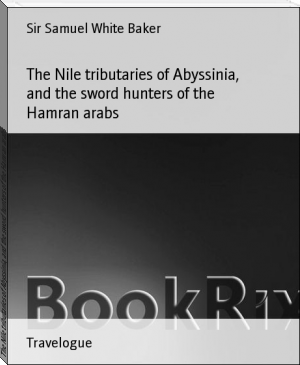
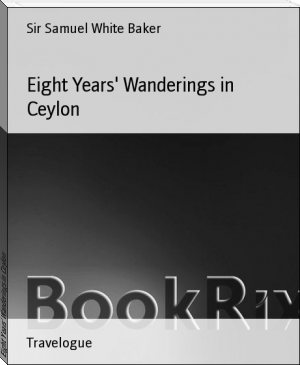
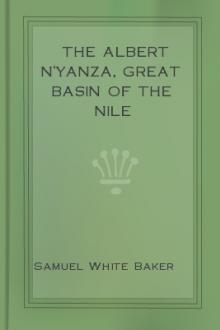
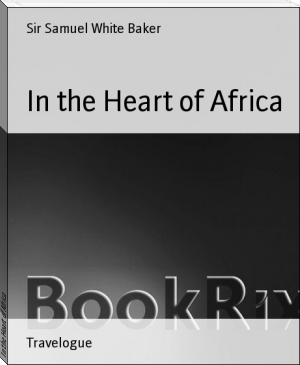

Comments (0)